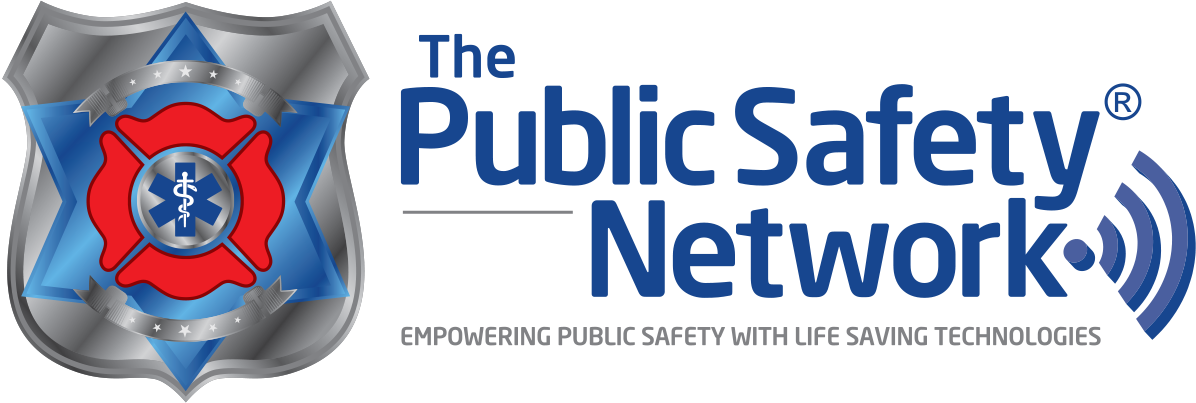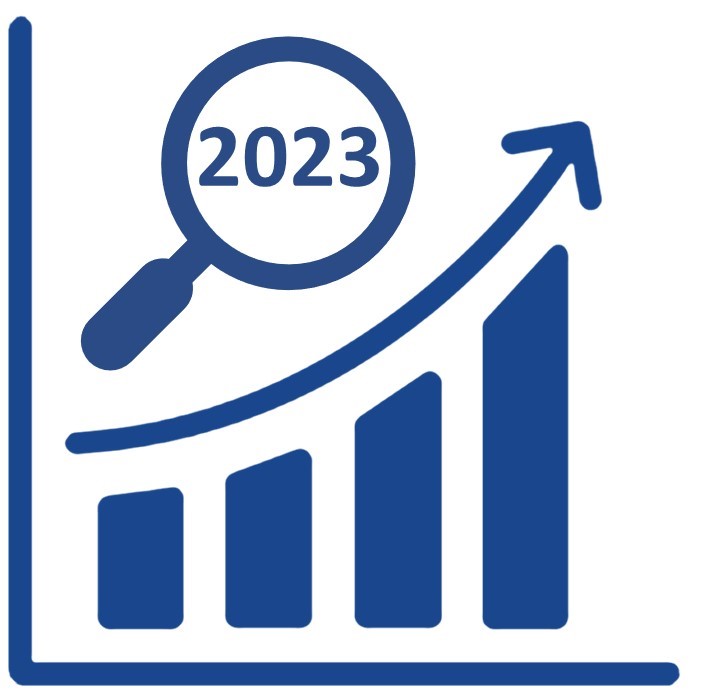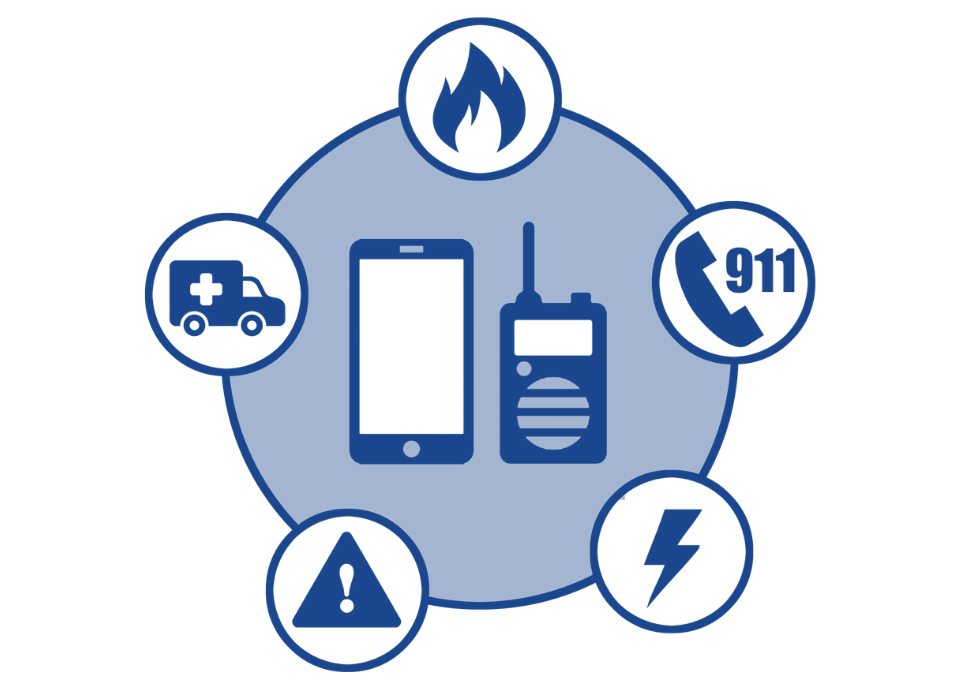Other: Mass Notification, Biometrics, and UAS Surveillance
It is clear that Mapping / Navigation and Weather are clear leaders in the app community today for first responders. Responders must be able to get to their calls quickly and to do so safely, regardless of the location or weather. Also, significant consumer and enterprise apps are available today and more specialized public safety apps are in the works as well.
Situational awareness is something that is coming up a lot regarding the safety and effectiveness of all public safety personnel. The ability to respond safely to calls in dangerous situations, and ensure the necessary preparedness to manage the situation is as paramount as ever. Now with access to video, location-based data, IoT sensor data, as well as real time updates to personnel, it is imperative that we provide real time situational awareness to all first responders.
Social media is clearly being used by public safety personnel, and not just the public information officers, both to share information and to obtain real time awareness regarding those events to which they are being called to respond. Use of such technology and social media by public safety is becoming more and more prominent as the younger generation of firefighters, law enforcement officers, and emergency medical services (EMS) personnel is very fluent with technology and social media, and is adept at leveraging it to get the best situational awareness possible. While many social media applications are not secure and may or not provide accurate information, rather than fight this trend, as an industry we need to responsibly use available technologies as tools, leveraged in a secure way to provide the most up to date information available and filtered for credibility. One clear trend that has emerged is that as our public safety workforce is populated with a new generation of first responders, they want to leverage the tools with which they are already familiar, so we must ensure to provide them access to these tools, and in a responsible way, ensuring safety and security.
Push to talk (PTT) and video are being leveraged by more than one third of the respondents to the survey and this was pretty striking. Both of these tools are often looked at as tools of the future but they are gaining traction quickly. Open standard 3GPP compliant mission critical implementations of PTT and video will be critical to public safety personnel.
Records management apps being used by 40% is not a surprise as this is streamlining reports. The fact that 25% of the respondents are leveraging Skype or Google Hangouts type functionality did not surprise me at all, but it typically warrants gasps from CIOs and administrators. Some are accessed via their city or county implementations but most that I have talked to leverage these tools because they just work and are widely available. E-Citations was higher than some would have expected but this is one of those technologies that also just makes sense now that we are in 2018.
On question #2 related to how public safety identifies and downloads new apps to try
Recommendations from other agencies or public safety associations 80%
Recommendations in online news articles and other online sources 50%
Recommendations from family and friends 35%
Recommendations from service providers 20%
Recommendations from Google Play / Apple App store 5%
Other: FirstNet, APCO International, NPSTC, DHS, real use cases
Strong discussion and validating agreement was heard about relying on other public safety agencies as well as the public safety associations as their main source to identify new apps. APCO leadership was in the room and clearly they have taken a leadership role on broadband and applications. Public safety has always placed a very high level of respect on other agencies’ experiences and referrals and this continues to make good sense. Industry should see this as a signal that their applications had better work well and that they should stand behind their implementations. Agencies also will quickly tell others if apps are not working.
All of the public safety associations across the disciplines have trusted leaders and savvy professionals who the first responders in the field rely on for honest information and feedback. Efforts by the associations as well as FirstNet and NPSTC just make sense to most first responders as they are strong and believable experts making recommendations.
Half of all respondents said that online news articles and other online sources also provided recommendations they followed. At our session at APCO there were association communications personnel who produce online content as well as Donny Jackson, Editor for Urgent Communications, both recording and asking excellent questions that I am sure will generate even more productive articles for public safety’s benefit.
On question #3 related to open comments on most the important app today?
• Situational Awareness
• Mapping
• GPS Tracking
• Workforce management
• Skype
• Streaming video
• Emergency Management Stored data
• Actionable Intelligence
• Go to Meeting
• Secured Communications
• BlueForce Development
• Targa
• ESChat
• JPS Via
• Alert.app
• IR Drone Video
• WebEOC
A number of specific applications were noted in the open text field responses. I thought it was important to share them unedited to give a feel for what public safety is saying. Some are specific named apps and some were generic app capabilities. Both show what public safety believes they use on wireless broadband today to conduct operations. In discussion, many believe they are just starting to leverage wireless public safety broadband and that the future holds significant possibility.
On question #4 related to the dream app that does not exist today for public safety
• True Mobile CAD
• Real Time Haz Mat Sensors – Alert & Fusion
• Enterprise Location Discovery App
• Streaming video enabled by lots of spectrum and satellite backup
• Situational Awareness with building exact location, biometric alerts in real time for all public safety personnel
• Evidence tracker with dynamic offender matrix
• Full integration of my CAD, radio and command with robust situational awareness that is validated (not cloud based)
• Full GPS and location capabilities (X, Y, and Z axis)
• One app with maps, navigation, pictures, PTT, Video, weather, and social media
• Geofenced based capture, aggregation, and curating of mobile targets as well as drone geofencing
• Able to access my public safety app and solutions as well as my personal communications from the same device with adequate security
• Situational awareness of all public safety events in in my area.
• Embedded Emergency Management Data solution on and off line.
I have listed the above requests in a straightforward manner to share the art of the possible that first responders are thinking about. Often we believe that first responders are just looking for the same functionality they have today but in an app. After the discussion I believe this list could grow significantly. There were a lot of discussions about drones and other unmanned aerial systems (UAS) as well as the associated augmented and virtual reality headsets and capabilities that they offer. We also discussed that it is not all new data or new situational awareness that will be needed, but better ways for first responders in the future to push and receive existing data over broadband tools. There was a discussion about automating tasks in 911 centers to handle high volume incidents and leverage artificial intelligence (AI) for repeat calls or overload situations as it improves.
There was a significant amount of time spent in our discussion on the critical importance of user experience for public safety. These solutions must be easy to use, must analyze and provide better information where possible, and ensure that reliable information is presented in a way the first responder can take actionable measures based upon this real time information.
We also talked about technology that would go into a smart ambulance solution for EMS. We discussed integrating patient data, leveraging real time mobile data and video, having complete connectivity to the receiving emergency room, and needing one open standard for all EMS records.
I was very impressed with the significant participation and dialogue in our APCO session. I look forward to asking public safety again about their app needs and desires and to continue the dialogue at future public safety conferences. You can count on us to continue to publish and share the results so we all can learn from them in order to empower public safety with life saving technology.






